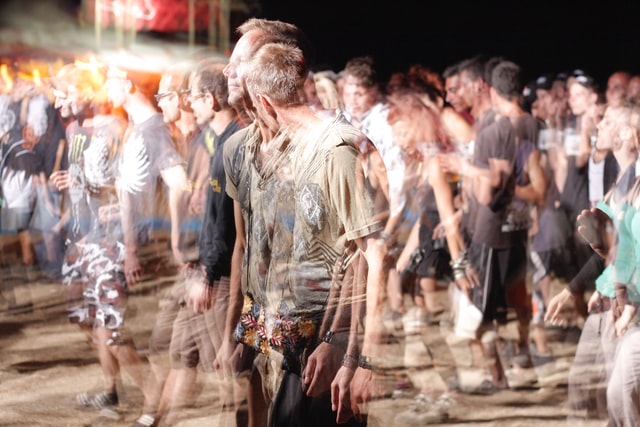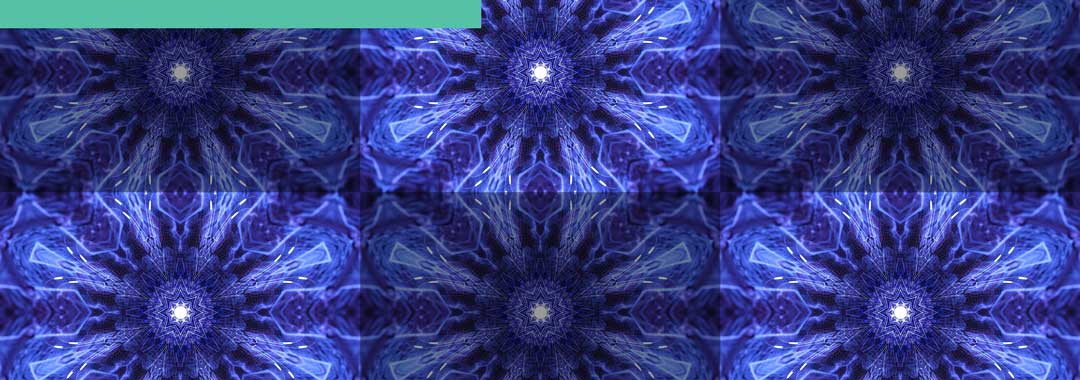No products in the cart.
Does CBD oil get you high? The short answer is, no! Unfortunately, CBD (cannabidiol) suffers from the stigma of being associated with commercial marijuana, which is a type of cannabis that can cause people who ingest it to experience intoxicating symptoms.
Cannabis comes in many varieties, including hemp — which is the only kind of cannabis that is legal nationwide, as a result of the 2018 Farm Bill. Conversely, commercial marijuana is still under federal restriction, in spite of many individual state laws that allow for its medicinal and recreational use.
Psychoactive, Psychotropic, and Psychedelic: What It All Means
While these phrases are typically used interchangeably, they actually have very different implications. So what does it all mean? Psychoactive, psychotropic, and psychedelic are terms that are often used to describe the effects of ingesting mind altering substances. In the case of cannabis, they are specifically referring to the compound THC (tetrahydrocannabinol), which is the primary chemical in commercial marijuana.
Cannabis contains hundreds of specialized molecules that are known as cannabinoids, and these cannabinoids are designed to interact with our own internal receptors. This process facilitates the release of unique neurotransmitters called endocannabinoids. CBD and THC are the most common cannabinoids to be found in cannabis, which is the source of some confusion with regards to their effects.
Psychoactive
A psychoactive substance is anything that is capable of changing your brain chemistry. These include common and legal drugs, like caffeine and nicotine. Many hemp extract companies claim that their CBD products are not “psychoactive”; however, that is simply not true.
CBD, like any other cannabinoid, has the ability to change the chemical composition of your brain, which makes it a psychoactive substance. This does not mean that it causes hallucinations or intoxication, but it does have the capability to alter your brain chemistry by influencing the cannabinoid receptors that are found throughout your body.
Psychotropic
When some hemp companies refer to CBD as being “non-psychoactive” what they really mean is that CBD is not psychotropic, because its ingestion does not lead to intoxication. Any drug that induces changes in perception, cognition, and consciousness could be considered psychotropic. This includes illegal narcotics such as heroin, cocaine, LSD (lysergic acid diethylamide), or the psilocybin that is found in certain types of fungus (popularly known as “shrooms” or “magic mushrooms”).
There is only one compound in cannabis that is capable of inducing psychotropic effects, and that is THC. This is the ostensible reason that commercial marijuana was federally prohibited in the first place.
Psychedelic
Psychedelic is the term most often used to describe the emotional and hallucinatory effects of strong psychotropic drugs. It was first used in 1956, during correspondence with the famous psychiatrist Humphry Osmond and writer Aldous Huxley. Huxley was a huge proponent of psychedelics and wrote much on the topic, including his 1954 book “The Doors of Perception”, which detailed his experiences using mescaline in 1953.
Timothy Leary was also a well known advocate for the use of strong psychotropic drugs and a primary figure of the “psychedelic” movement in the 1960s. As a professor at the University of California, Berkeley, Leary would give his students LSD and ask them to write essays about their experiences. This helped to influence a generation that is often associated with bright colors and “trippy” visuals, as these were thought to enhance the hallucinogenic experience from the drugs.

Why People Think you can get high from cbd oil
Cultivation and distribution of cannabis first became federally restricted through the “Marihuana Tax Act” in 1937. While it was not technically criminalized, legally possessing cannabis required the issuance of a specialized stamp, which was never made available. This effectively cut off legitimate sources and subsequently relegated the plant to the black market. The official reasons for this being done was because of the effects that THC engenders through its ingestion.
When CBD products became more prevalent throughout the last decade, many people assumed that because CBD oil was derived from cannabis, it must be able to get you “high”. However, this is most certainly not the case.
CBD vs. THC
The cannabinoids in cannabis are able to affect our body chemistry because they are specially formed to interact with our internal CB receptors. So far, scientists have been able to isolate two different cannabinoid receptors, CB1 and CB2. Some cannabinoids are able to bind with one, some both, and others neither.
THC is able to bind with both CB1 and CB2 receptors, but it is only the binding with CB1 that causes users to feel its psychotropic effects. Interestingly, CBD does not bind with either CB1 or CB2 receptors, but it can regulate the ability of other cannabinoids to bond with them. CBD is able to mitigate the binding of THC and CB1 receptors, and in this way it can reduce the psychotropic properties of THC.

What is CBD?
Different strains of cannabis can have varying concentrations of cannabinoids. For instance, hemp is known for having naturally high amounts of CBD, with almost no THC. Knowing what CBD is begins with the understanding of how it works differently from other cannabinoids. This is because it does not bind with the CB receptors, although it does have its own ways of influencing internal mechanisms.
Our CB receptors operate as part of the endocannabinoid system, or ECS, which is a regulatory subsystem that modulates imbalances within the body. Part of its function is to utilize certain enzymes that work to dissolve endocannabinoids from the bloodstream, and these are known as fatty acid amide hydrolase (FAAH). CBD is able to prevent the dissolution of the endocannabinoids from FAAH, which enables them to continue performing their various functions of helping to restore balance throughout the body.
CBD, like most other cannabinoids, induces no psychotropic effects, which is why the World Health Organization has rated it a very safe substance.
What is THC?
THC is possibly the most misunderstood cannabinoid, because it is the compound that is primarily responsible for the prohibition of cannabis. Currently, cannabis is only only federally legal if it contains less than 0.3% THC. However, commercial marijuana derives its value through higher concentrations of THC, specifically because of the psychotropic effects it induces.
THC does have negative associations in part because repeated binding with CB1 receptors can potentially cause tolerance and dependence to form. In addition, studies have shown a correlation between heavy users of THC and the occurrence of latent schizophrenia. Despite this, the presence of THC is still a vital component of the cannabinoid process.
The Entourage Effect
Scientists have coined a term to describe the relationship between the sum of all the compounds in cannabis, which is known as the “entourage effect“. This means that the specialized molecules have been precisely designed to interact with each other in the most efficient way possible. The process requires that all of the compounds be present in order to work in conjunction and gain an optimal impact.
The entourage effect extends to include the terpenes that are also contained in cannabis. Terpenes are compounds that are found in a variety of plants and can help to determine specific characteristics regarding their appearance, smell, and flavor. Interestingly, commercial marijuana is often categorized by its terpene content, rather than its cannabinoid concentrations.
The aggregate cannabinoids and terpenes in cannabis are able to operate comprehensively in a way that optimizes its individual components. Even THC is an integral element to this process, which is why hemp is considered ideal for extracting oil as it only contains minimal amounts of THC, so it is still able to utilize its presence.
While the federal maximum allotment for THC in cannabis is only 0.3%, the amount that is considered the minimum for inducing psychotropic symptoms is around 1%, so full spectrum hemp extract users can rest assured that they can enjoy the trace amounts without having to worry about its intoxicating effects.


